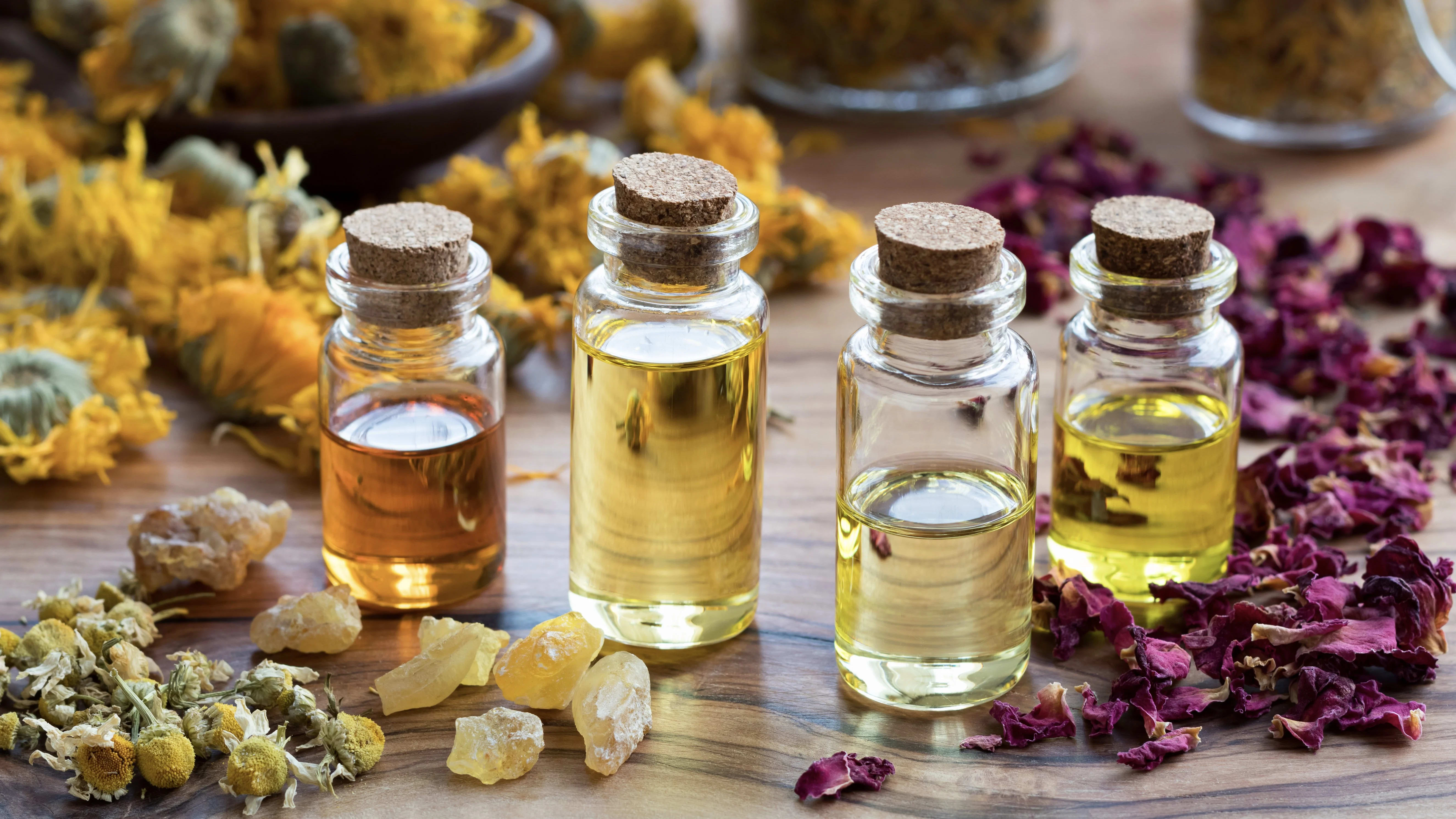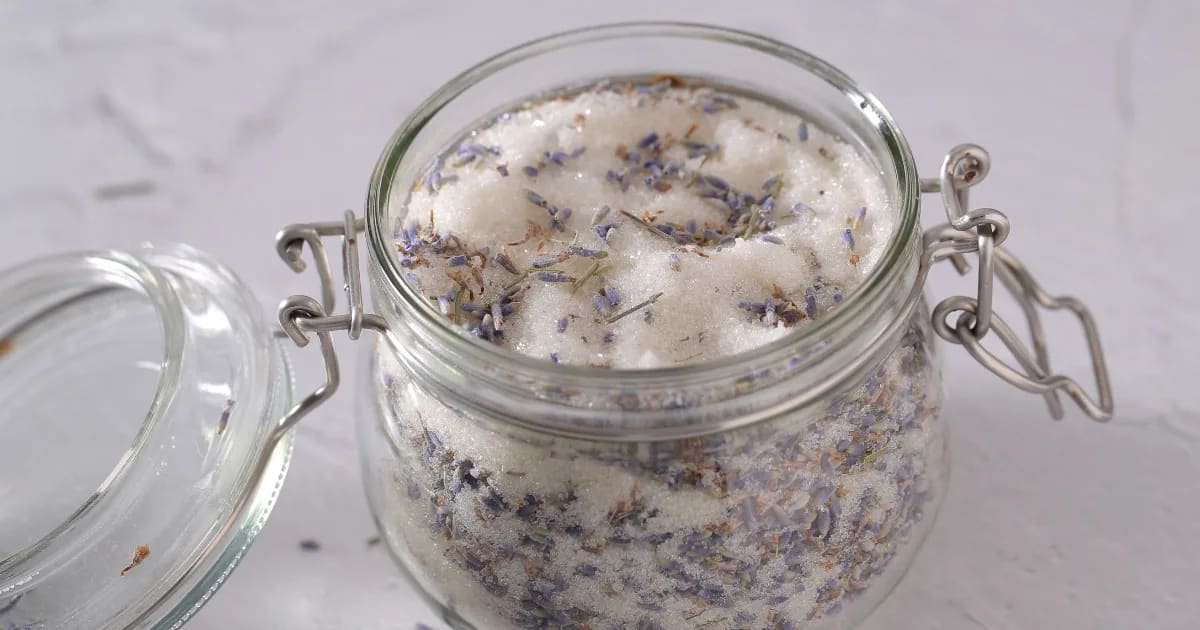From Anxious to Calm: Lime Essential Oil Benefits for Mood

The Mood Boosting Scent of Lime
Imagine peeling a fresh, vibrant Lime, the zesty aroma filling the air, invigorating your senses, and lifting your spirits. This is the magic of Lime essential oil—a powerhouse of benefits and versatility wrapped in a small green fruit.
The aroma of Lime is inspiring and uplifting, and its benefits go far deeper than a beautiful scent.
In this post, you’ll learn how Lime essential oil benefits your emotional wellbeing. You’ll also get two recipes for using Lime when you feel emotionally unbalanced.
We will cover:
Why Lime is treasured for anxiety relief.
How to use Lime essential oil to uplift your mood.
What makes Lime useful for energy and relaxation.
In recent posts, I explored the differences between three species of Lime, and the therapeutic benefits it has to offer. Now it’s time to focus on Lime oil’s emotional benefits. Generations of experience back up these effects, and scientific research is confirming them. It’s so inspiring!
Lime Essential Oil Benefits: Anxiety & Depression
Depression and anxiety are serious mental health issues. It’s important to work with your doctor to come to the right treatment plan for you. Healing your heart and mind is a journey.
That said, essential oils can support you on that journey.
One of Lime essential oil’s (Citrus aurantifolia) standout benefits is in reducing the symptoms of anxiety and depression. The d-limonene in Lime has been shown to have potent soothing effects. It works by modulating neurotransmitters in the brain (including GABA).
Even the aroma of Lime can help! In one study, 12 patients with depression inhaled citrus aromas along with taking their medications. Researchers found that…
“...the doses of antidepressants necessary for the treatment of depression could be markedly reduced. The treatment with citrus fragrance normalized neuroendocrine hormone levels and immune function and was rather more effective than antidepressants.”
I wanted to touch on this benefit of Lime essential oil first, because the others are all related to it.
Lime Essential Oils Benefits: Mood & Energy!
Now that you understand how effective Lime can be for calming anxiety, it’s easy to see how it can also support you in feeling uplifted, refreshed, and energized.
When you inhale Lime essential oil (or any essential oil!), the scent and components interact with your limbic system—the part of the brain that helps regulate emotions and memories. While we all have unique memories associated with different aromas, Lime is a positive one for many of us. It triggers positive memories and good feelings, getting a healthy cocktail of mood-boosting neurotransmitters moving through your system.
The bright, zesty aroma of Lime can boost your mood and your energy levels as one.
Just be sure you’re using pure essential oils, and not a synthetic fragrance.
Lime Essential Oil Benefits: Relaxation
I find it fascinating that an essential oil so reliable for giving us energy can also help us relax.
Aromatherapy is a nuanced art. Blending Lime with Eucalyptus (Eucalyptus globulus) can perk you up and stimulate your nervous system . . . while blending it with Roman Chamomile (Chamaemelum nobile) can actually relax your nervous system, so you feel warm, comforted, and ready for sleep.
It all depends on your intentions, the other oils you blend with, and how you use your blend. Aromahead students learn to master this art in classes like Aromatherapy for Natural Living, studying effective ways to use their favorite essential oils in daily life and discovering new favorite methods along the way.
Education opens the door to getting the most out of your oils, and living a more natural, healthy lifestyle.
Lime Essential Oil Safety
Many citrus essential oils are phototoxic. This means that if they’re applied to skin in a high enough concentration, and that skin is then exposed to sunlight (or a UV tanning bed), unwanted reactions like blisters and burning can develop. In some cases, discoloration occurs—and is permanent. (Learn to use phototoxic citrus oils safely.)
I’ve even seen phototoxic reactions occur to bartenders who work on the beach, constantly squeezing lemons and limes into drinks, unknowingly getting the essential oil on their hands, and then going out in the sun.
However, only cold-pressed Lime essential oil is phototoxic.
The steam-distilled variety is NOT phototoxic.
That’s why I prefer working with steam-distilled Lime essential oil.
Regardless of whether you’re using cold-pressed or steam-distilled Lime, be sure to dilute it in a carrier before applying it to your skin.
For cold-pressed Lime, use no more than 4 drops per 1 fl oz (30 ml) of carrier in your topical blends. This dilution will help you avoid phototoxic reactions. Please avoid blending cold-pressed Lime with other phototoxic citrus oils, as this will increase the risk of using your blend on skin.
For steam-distilled Lime, I sometimes go up to 18 drops per 1 fl oz (30 ml) of carrier. (At Aromahead, we consider that a 3% dilution.)
Learn more about The Aromahead Approach® to essential oil safety.
Recipes

Lime Eucalyptus Energy Inhaler
Ingredients
5 drops Eucalyptus essential oil (Eucalyptus globulus)
8 drops distilled Lime essential oil (Citrus aurantifolia or Citrus Latifolia)
Directions
This post walks you through the process of making an inhaler step by step. You can also follow the instructions below.
A plastic inhaler consists of several parts:
A cotton or polyester “wick” that absorbs the essential oils
A plastic sleeve that holds the wick
A cap that keeps the wick in place
A lid that closes the entire thing up
Start by making sure the lid is in place over the sleeve. Load the wick into the sleeve. Then simply drop the essential oils onto the wick, and then snap the cap into place.
Spend a few moments taking deep breaths with your inhaler every hour or so, as needed. Don’t be surprised if your sinuses feel clearer! Eucalyptus is famed for its ability to support deep breathing.

Calm Heart Oil with Lime
Ingredients
1 fl oz (30 ml) Jojoba oil (Simmondsia chinensis)
5 drops distilled Lime essential oil (Citrus aurantifolia or Citrus latifolia)
3 drops Vetiver essential oil (Vetiveria zizanoides)
2 drops Roman Chamomile essential oil (Chamaemelum nobile)
Directions
Make this recipe in a 1 fl oz (30 ml) glass bottle.
Simply combine your ingredients in the bottle and shake gently to blend.
Apply it regularly throughout the day to support a calm, balanced nervous system. Try using it as a hand oil, massaging it into your forearms and shoulders, and breathing the scent in from your palms.
My Takeaway
Lime essential oil is a versatile and powerful citrus gem. It offers a spectrum of benefits backed by solid research and chemistry. Whether you're seeking relaxation or invigoration, Lime essential oil can adapt to your needs, demonstrating the nuanced art of aromatherapy.
As you explore the myriad ways to incorporate Lime oil into your daily routine, I hope you find the same joy and benefits that have made it a staple in my collection.
Is it time for you to continue your aromatherapy education? Our Aromatherapy Certification Program will take you from being a novice to being an expert!

References
Eddin LB, Jha NK, Meeran MFN, Kesari KK, Beiram R, Ojha S. (2021) Neuroprotective Potential of Limonene and Limonene Containing Natural Products. Molecules. 26(15):4535. https://doi.org/10.3390/molecules26154535
Komori, T., Fujiwara, R., Tanida, M., Nomura, J., & Yokoyama, M. M. (1995). Effects of citrus fragrance on immune function and depressive states. Neuroimmunomodulation, 2(3), 174–180. https://doi.org/10.1159/000096889
Lima, N.G., de Souza, D.P., Pimenta, F.C., Alves, M.F., de Souza, F.S., (2012a) Anxiolytic-like activity and GC-MS analysis of (R)-(+)-limonene fragrance, a natural compound found in foods and plants. Pharmacology, Biochemistry and Behavior 103, 450-454.
Perry, N. and Perry, E. (2006) Aromatherapy in the management of psychiatric disorders: clinical and neuropharmacological perspectives. CNS Drugs 20, 4, 257-280.
Song, Y., Seo, S., Lamichhane, S., Seo. J., Jong, JT., Cha, HJ., Yun, J. (2021). Limonene has anti-anxiety activity via adenosine A2A receptor-mediated regulation of dopaminergic and GABAergic neuronal function in the striatum. Phytomedicine. 83, 153474. https://doi.org/10.1016/j.phymed.2021.153474





